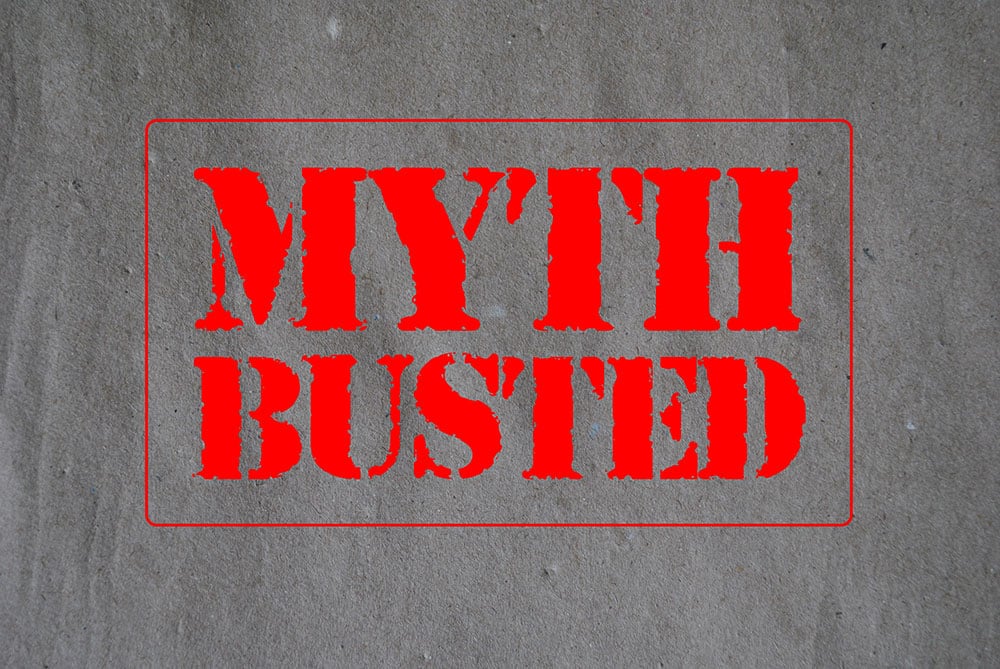From placing pavement to creating imaginative art pieces, concrete is far from being a one-trick pony. At Knight’s, we provide all types of excellent concrete service to South Carolina and the surrounding areas, and we are constantly refining our methods. There’s a surprising amount to learn about concrete and how it can be used for different types of construction. Many people who aren’t directly involved in concrete production or placement don’t know much about concrete, leading to the possibility for misinformation to spread. Here are some common myths about concrete that we’d like to debunk for you.
Myth: There is only one type of concrete.
Fact: Concrete comes in a wide variety of forms, depending on the need. Certain types of concrete can call for different proportions of cement, water, and aggregates to achieve the right strength and density needed for the construction project. Specialty mixes, called ready mixes, can be ordered and formulated in a controlled environment to produce the desired results.
Myth: Concrete and cement are the same thing.
Fact: This is a common misconception that has developed over the years as people have mistakenly referred to concrete as cement. In fact, cement is actually an ingredient of concrete. While water allows the concrete to be shaped into different forms and the aggregates provide the hard surfaces, cement plays the vital role of binding all the materials together. To learn more, read: The Difference Between Cement and Concrete.
Myth: Concrete only comes in gray.
Fact: While the initial color of concrete is gray, there are plenty of ways to end up with a final product made of concrete with a wide range of colors. This doesn’t mean just painting over a concrete surface either; you can add stains and dyes to concrete followed by applying a finish to the surface, or you can integrate colors to the mix to achieve a desired color. This process results in slightly muted colors that integrate into the texture of the concrete rather than covering it up, creating a sophisticated appearance.
Myth: There’s no difference between asphalt roads and concrete roads.
Fact: Asphalt is often seen as a go-to for constructing roadways, so many people turn to asphalt when constructing driveways and parking lots for their business. However, using concrete has its advantages over settling for asphalt. Concrete will result in driveways and parking lots that won’t need much maintenance over the years. Despite the higher initial cost, concrete will pay for itself over time due to its durability and low-maintenance needs. You can also save on energy since concrete is far more reflective than asphalt, meaning you won’t need to install as much lighting.
Myth: The durability of concrete increases with its compressive strength.
Fact: The strength of concrete is measured by its ability to stay intact under compressive pressure, which usually falls between 2,500 to 10,000 psi, which is really impressive! While strength is important, the main factor that determines whether or not your concrete will stand the test of time is its permeability, or the ability for liquids to pass through it. The lower the permeability of your concrete, the less likely chemical spills or drastic temperature changes will be able to affect it.
If you have any questions about what we can do for your next construction project, contact Knight’s today!

